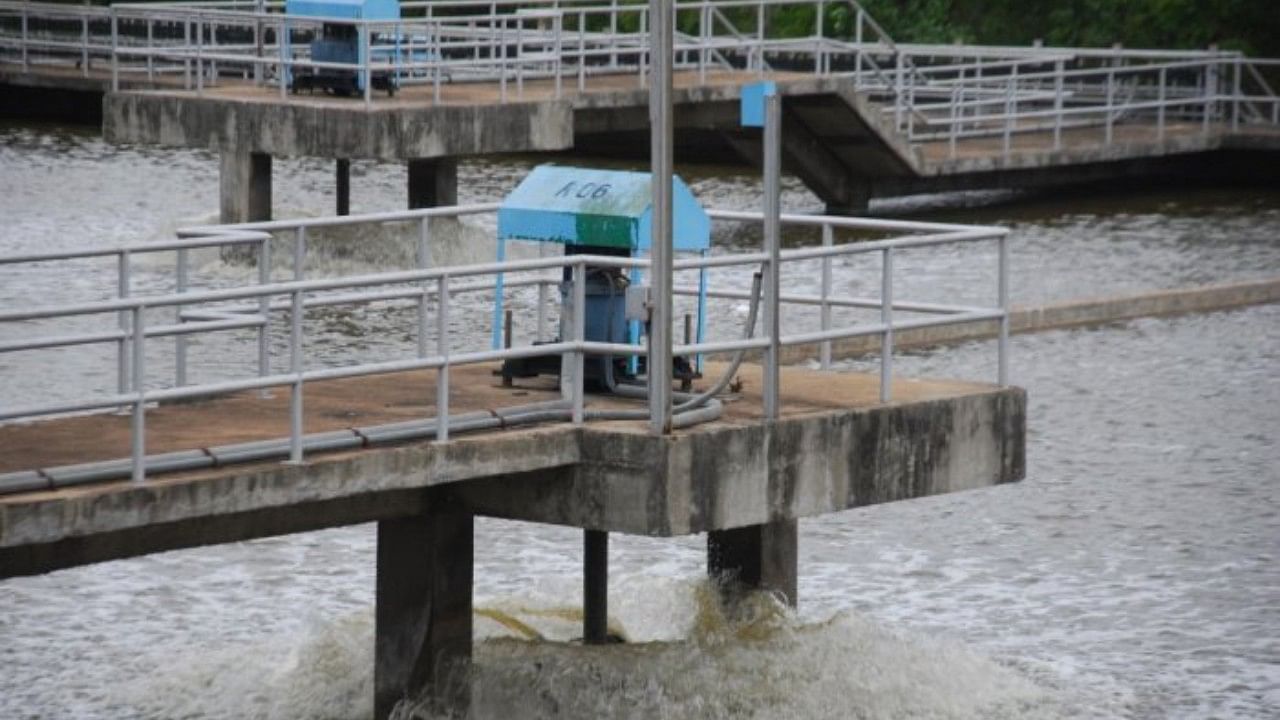
Six years after the Central Pollution Control Board’s (CPCB) report flagged pollution of 17 rivers in Karnataka, the state government has been able to stop less than half (47%) of the 884 mld of raw sewage flowing into the rivers every day.
Interestingly, in the wake of Covid, the National Green Tribunal (NGT) had set March 31 as the deadline for a full treatment of the sewage.
Reports by KSPCB and Karnataka Urban Water Supply and Drainage Board (KUWSD) submitted to the government last month show the government had a long way to go before treating the sewage threatening the rivers, in Bengaluru and other parts of the state.
A total of 41 urban local bodies (ULB) are located along the 17 polluted rivers, including Arkavathy, Kaveri, Krishna, Tungabhadra, Bhima, Malaprabha, Kali among others.
The cities and towns are letting 884.25 million litres of sewage into the rivers daily.
Following a case in the National Green Tribunal, the government has managed to treat 414.3 mld. The sewage from the remaining towns has continued to flow even as authorities have missed deadlines, following the pandemic.
In a recent summary of the position reports, the KSPCB said seven new sewage treatment plants (STPs), with a capacity to treat another 171.3 mld sewage, were under construction. Thirty-four STPs with a capacity to treat 102 mld were at the proposal stage.
A KSPCB official said smaller towns need to look at Bengaluru and learn. “Delay in setting up sewage treatment system will escalate the costs for sewage treatment in the coming years, besides increasing the disease burden in these towns. Officials need to learn from the mistakes of Bengaluru,” he said.
Of the 1,800 mld water used by households in BBMP limits, about 1,440 mld comes out as sewage. The BWSSB has set up 27 STPs with a capacity to treat 1,112.5 mld, but only 342 mld is being treated.
Another nine STPs with a capacity to treat 529 mld are under construction. Of the 314 ULBs, 276 are sending their sewage to the local water bodies or rivers. Only 73 of them have underground drainage (UGD) system and STPs.
“The UGD work in STPs is in progress in 39 ULBs. The work in the remaining 202 ULBs will be taken up in a phased manner, based on availability of funds,” KUWSD said in its report.